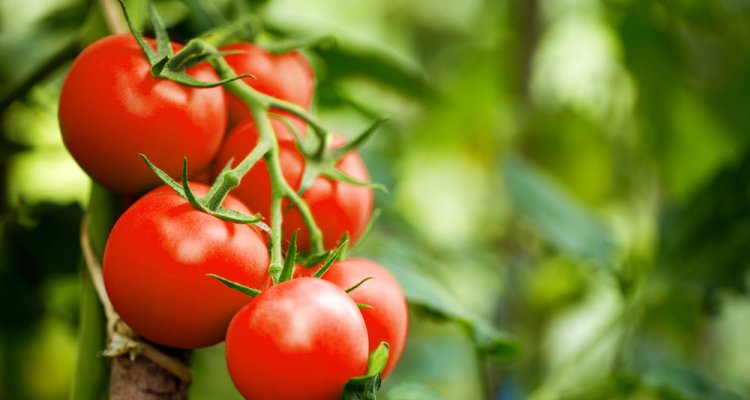
Project
The genetic drivers of derived woodiness
Species can be either woody (trees or shrubs) or non-woody (herbs). Interestingly, a higher degree of woodiness in herbs seems to be coupled to later flowering. In this project, we investigate the gene regulatory network that regulates woodiness in herbaceous species such as tomato and cabbage, and try to discover why woodiness is linked to flowering.
Background
In flowering plants, woody species involved from non-woody (herbaceous) ancestors repeatedly. This suggests that woodiness provides a fitness advantage in certain environments, and that the switch requires only a few genetic changes. Many herbaceous species can also form some wood, which is enhanced under certain conditions, such as drought. Species and varieties with more wood have different reproductive features, as they usually flower later, but for a longer period.
Project description
In this project, we unravel the genetic network responsible for the regulation of woodiness in herbaceous species, with a focus on tomato. We study genes that have been identified as both regulators of flowering and regulators of woodiness, and aim to understand why these process appear to be linked and whether it is possible to uncouple them.